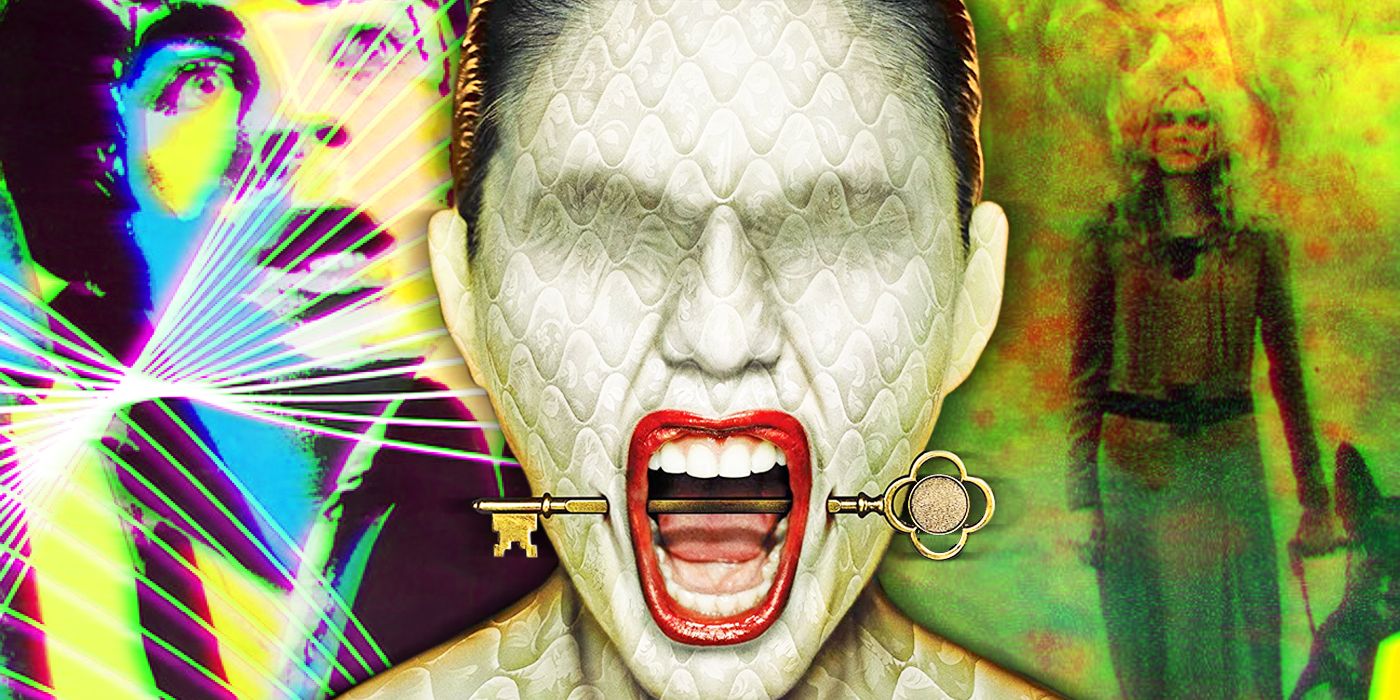
Over the past decade, American Horror Story has received praise for its thought-provoking and highly stylized take on the horror anthology genre. With Season 10 right around the corner, audiences are eagerly anticipating the next installment. In the meantime, here are eight movies to help fill the void.
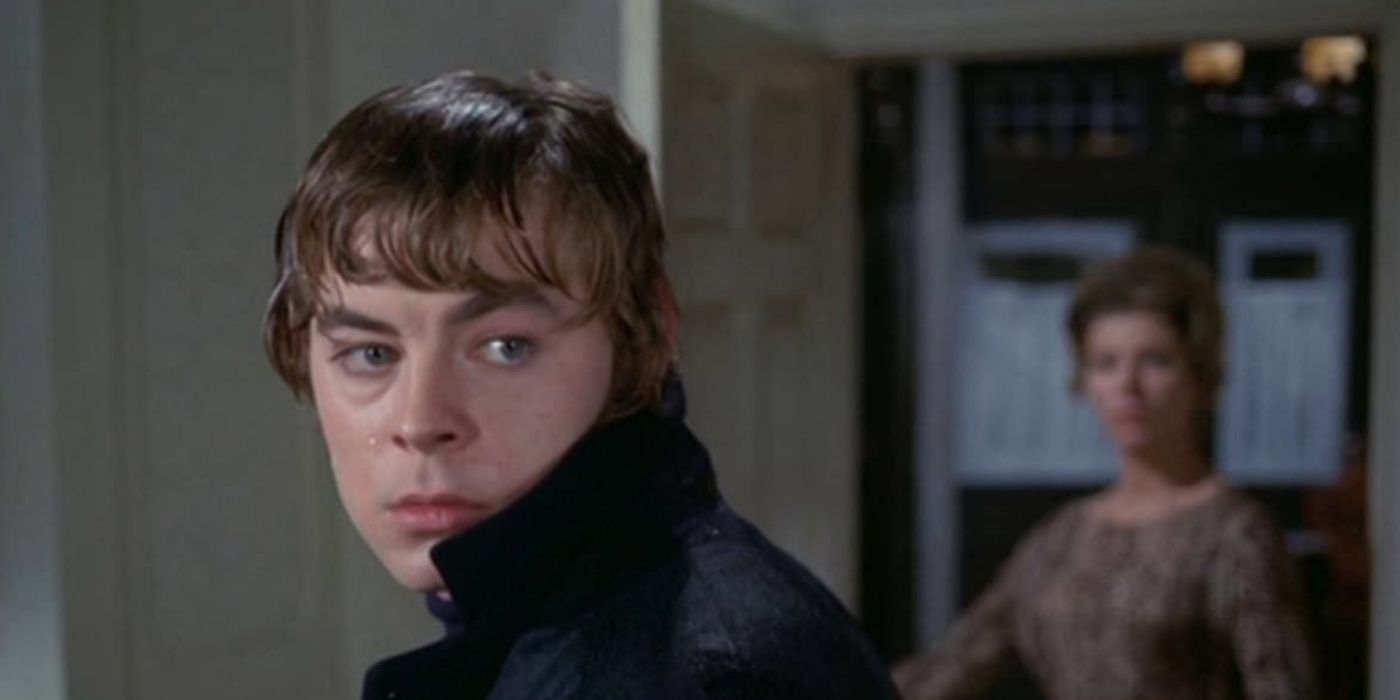
Directed by Roy Boulting, Twisted Nerve centers on Martin Durnley (Hywel Bennett), a young man with a troubled home life. Rather than dealing with the problems within his family, he shifts his focus to a girl named Susan (Hayley Mills). In an attempt to get closer to her, Martin creates the alternate personality of “Georgie.” As Susan tries to separate herself from Martin, his obsession with her increases. Things escalate further when Martin goes on a killing spree, murdering anyone who crosses him.
An additional Easter egg: the film includes a scene in which Martin is whistling a song (also called Twisted Nerve) by Bernard Hermann. Fans of American Horror Story: Murder House will recognize the song as being the same tune Tate Langdon (Evan Peters) whistles in several episodes.
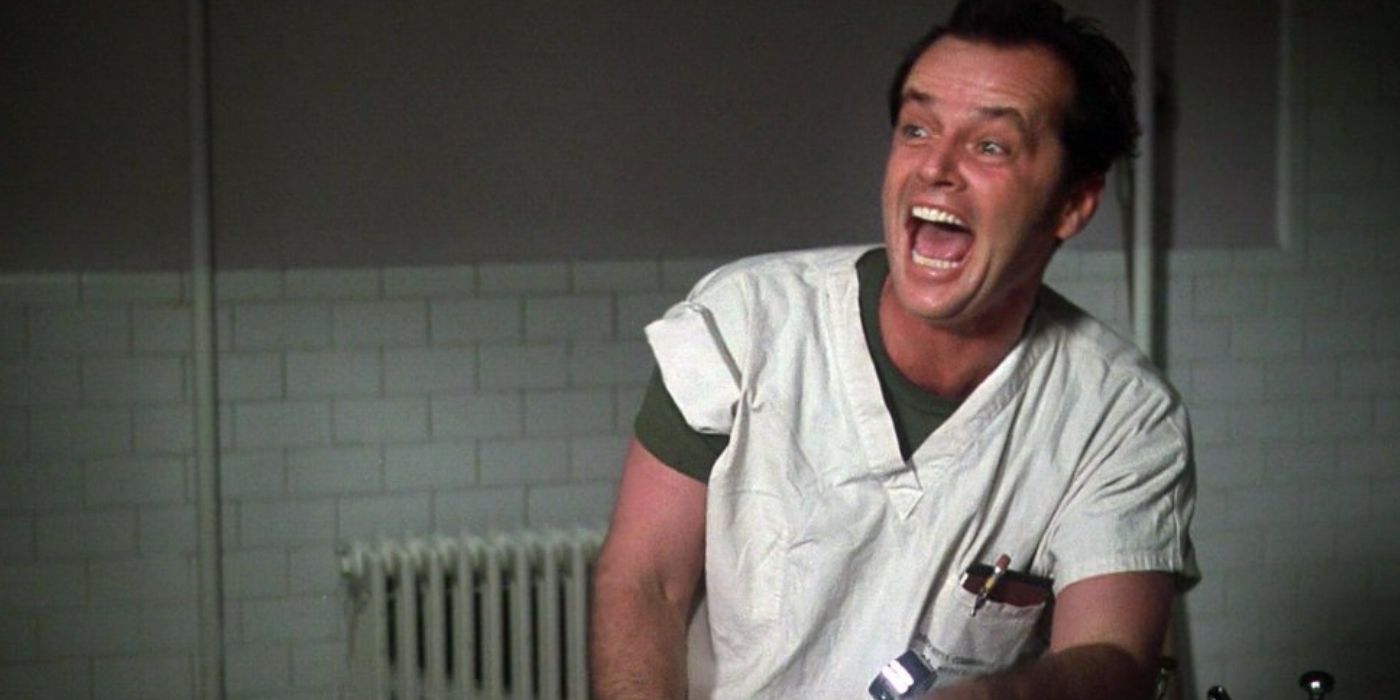
Ryan Murphy’s Netflix series, Ratched, may serve as a prequel to One Flew Over the Cuckoo’s Nest, but American Horror Story: Asylum also draws parallels to the film. More specifically, both include elements of humor while focusing on a horrifying reality of psychiatric hospital patients receiving negligent care. Based on Ken Kesey’s novel of the same name, the film takes place in a mental asylum during the 60s. Although Cuckoo's Nest is not without its flaws, it succeeds in highlighting each characters’ individuality and oppression, while delving into the repercussions of authority figures taking advantage of their power.
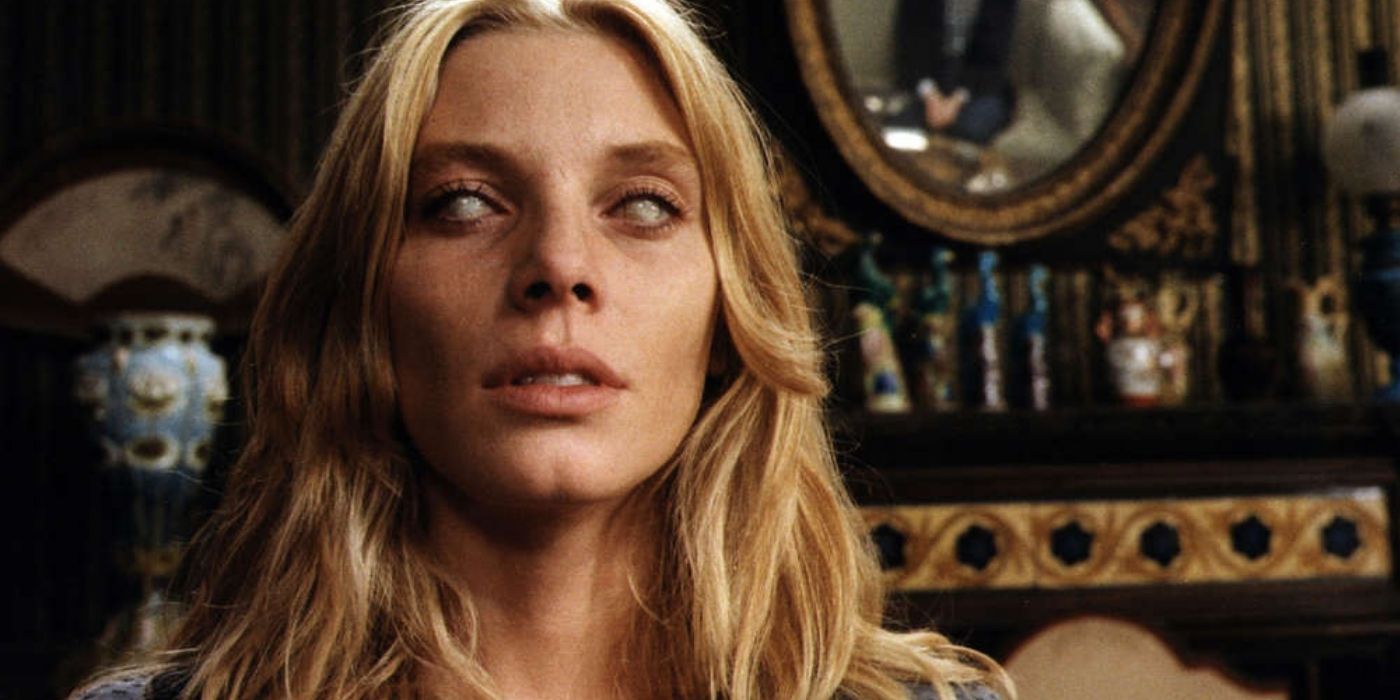
Incorporating supernatural elements with horror, The Beyond centers on a woman (Catriona MacColl) who inherits a hotel in Louisiana. Not only does the hotel have a murderous past, but it also doubles as a gateway to hell. In terms of cinematography and musical score, The Beyond is undoubtedly a stylistic achievement, and the same applies to the film’s use of special effects. In particular, the marble-looking eyes seen on several characters are likely to remind viewers of American Horror Story: Coven, when Cordelia Foxx (Sarah Paulson) loses her vision — first by acid, then a second time, when she stabs her eyes out with garden shears.
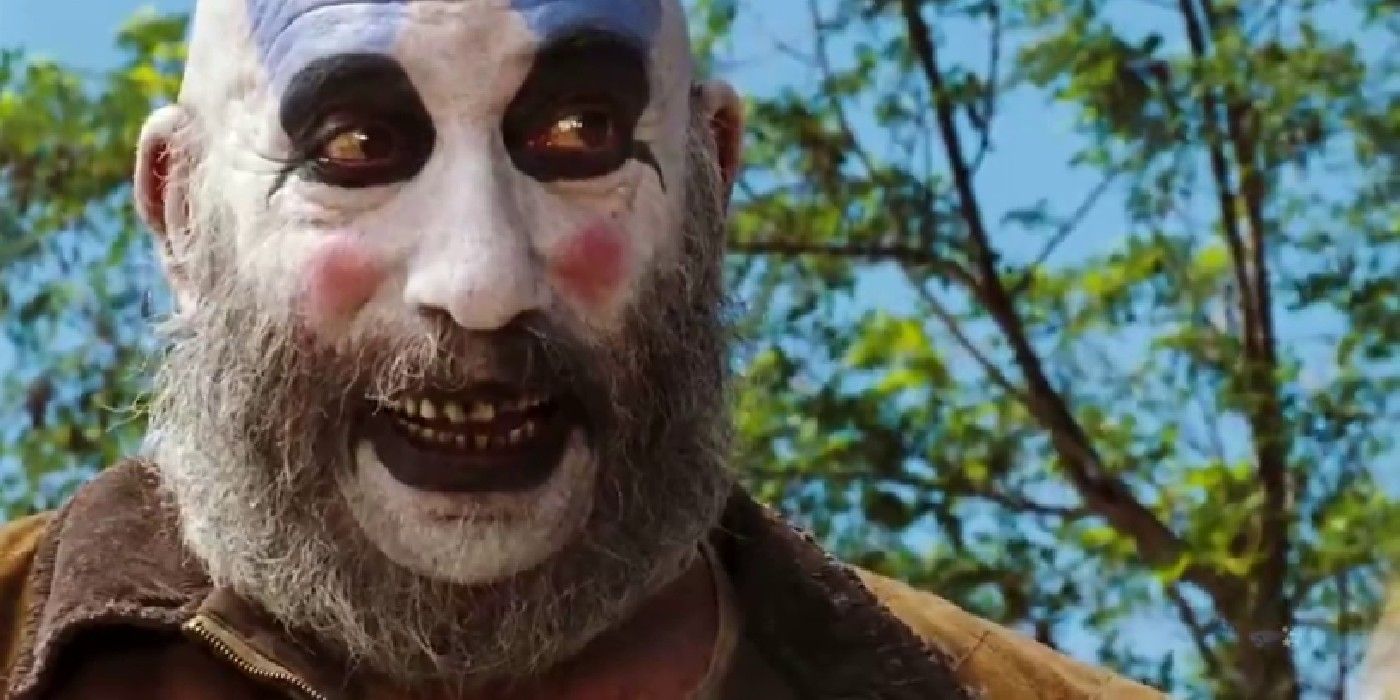
Part of Rob Zombie’s horror-trilogy, The Devil’s Rejects is the follow up to his debut feature, House of 1,000 Corpses. Although all three movies focus on the “Rejects,” a group of serial killers, each film works well on its own. While it still contains plenty of blood and gore, The Devil’s Rejects deviates slightly from its predecessor. By giving viewers a look into the mind of a killer, the film is much less of a straight-up slasher flick. Similar to numerous characters in American Horror Story, the “Rejects” become likable villains. Even though they’re committing heinous acts, they remain charismatic, and against their better judgment, audiences will find themselves rooting for murderers.
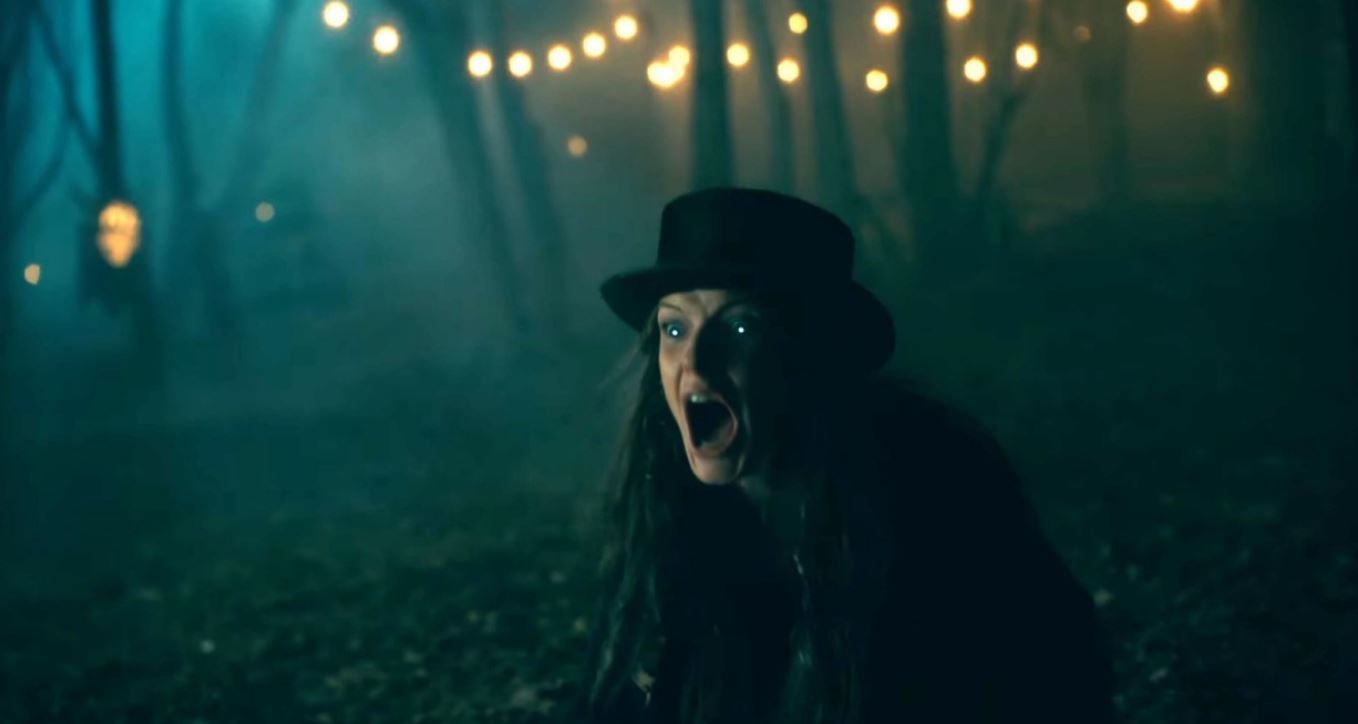
Doctor Sleep is a sequel to the horror classic, The Shining, a film which noticeably inspired much of American Horror Story: Hotel. However, Doctor Sleep has enough originality to be autonomous. Unlike so many run-of-the-mill horror movies, it gives equal weight to the supernatural and the human experience. It's dark and creepy but still manages to shed light on the long-term effects childhood trauma can have on a person. In the same vein as American Horror Story, Doctor Sleep succeeds in fully immersing audiences into the film’s atmosphere.
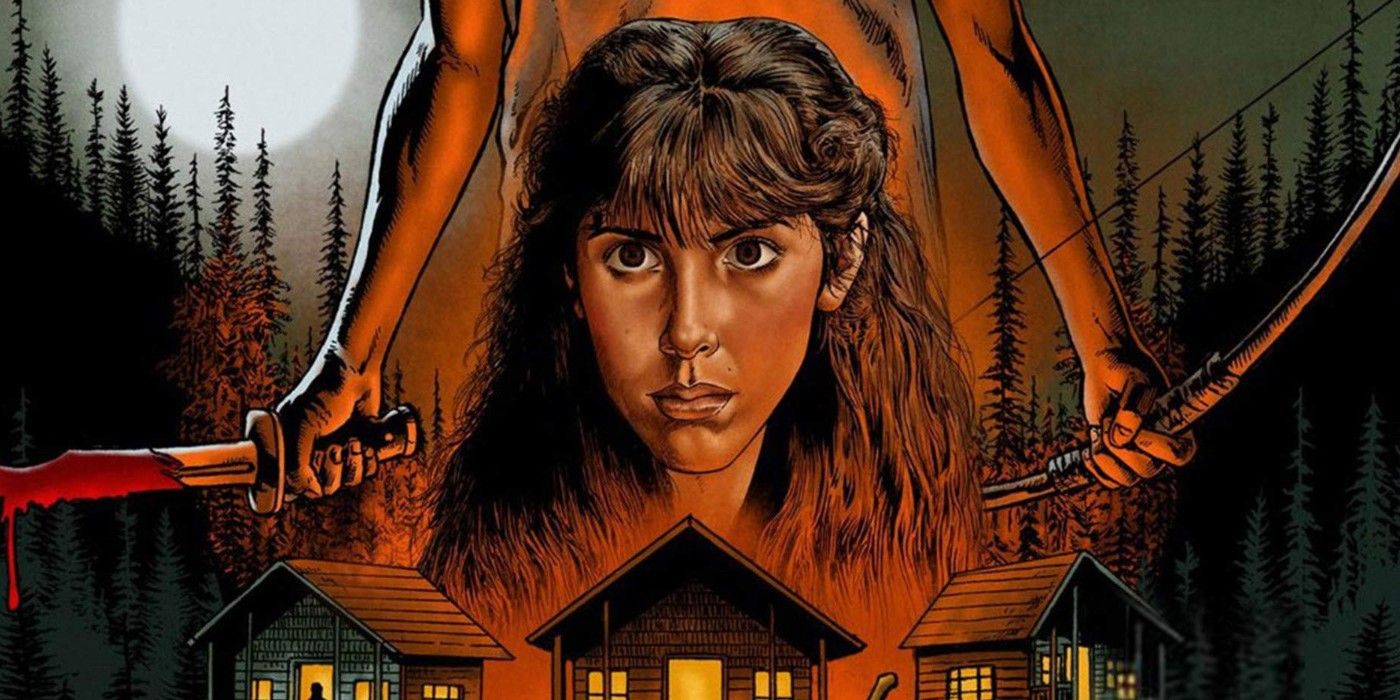
American Horror Story: 1984 draws inspiration from some of the most well-known slasher movies of all time, including Robert Hiltzik’s Sleepaway Camp. First-time viewers may see the film as more of a comedy than a horror movie — especially as its special effects continue to age poorly, but, in this case, that's not necessarily a bad thing. Sleepaway Camp truly exemplifies the phrase “so bad, it’s good.” It’s campy and filled to the brim with awful acting, and that's exactly why it's so great. To say the very least, the film is hard to forget.
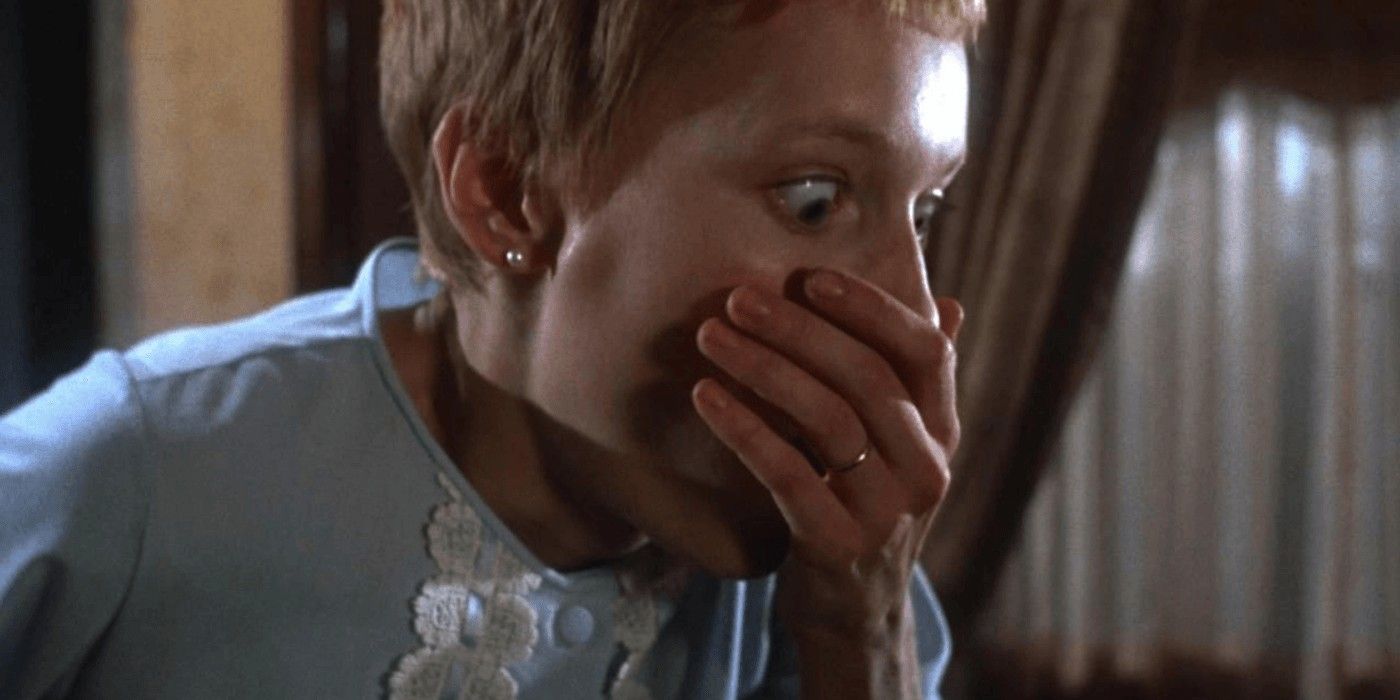
Rosemary’s Baby is a story of a young woman named Rosemary (Mia Farrow) and her husband Guy (John Cassavetes). After Rosemary gets pregnant, she starts to believe her baby is a product of Satan, a plot-line reminiscent of American Horror Story: Murder House and Apocalypse. Up until the very end, it becomes difficult to distinguish whether the conspiracies are real or if it’s all an extreme form of gaslighting. Complete with eerie music, uncomfortable tension and paranoia, the art-house film has every hallmark of a classic and is even considered by some to be the best horror movie ever made.
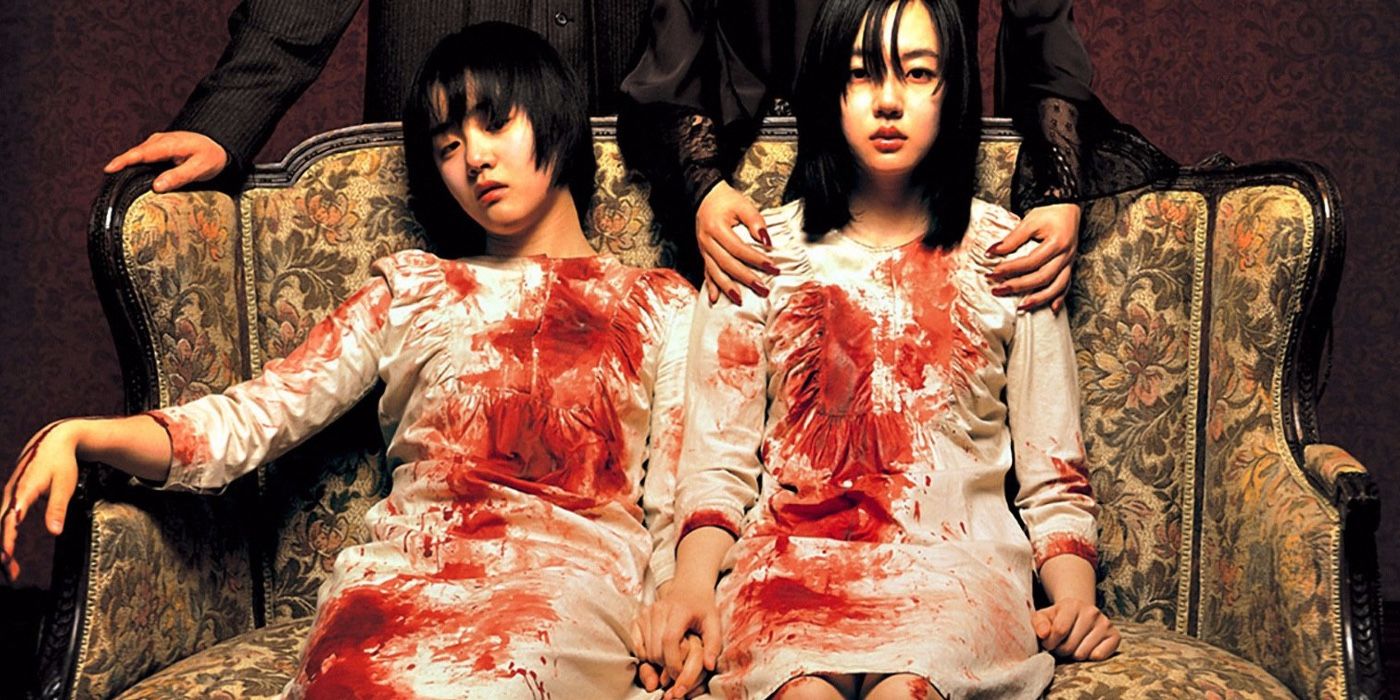
On the surface, the South Korean physiological thriller, A Tale of Two Sisters, is a ghost story. But at its core, it's one of grief. Although there is plenty of jump scares and twists, the ending is ultimately what makes the film so wonderfully disturbing. As with every season of American Horror Story, A Tale of Two Sisters is jam-packed with details, so more than one viewing might be needed. That said, the film is a haunting tale with a ton of intrigue. So intriguing, in fact, that in 2009, Hollywood made an adaptation called The Uninvited. Let's just say, the American version is better left unwatched.
0 Comments